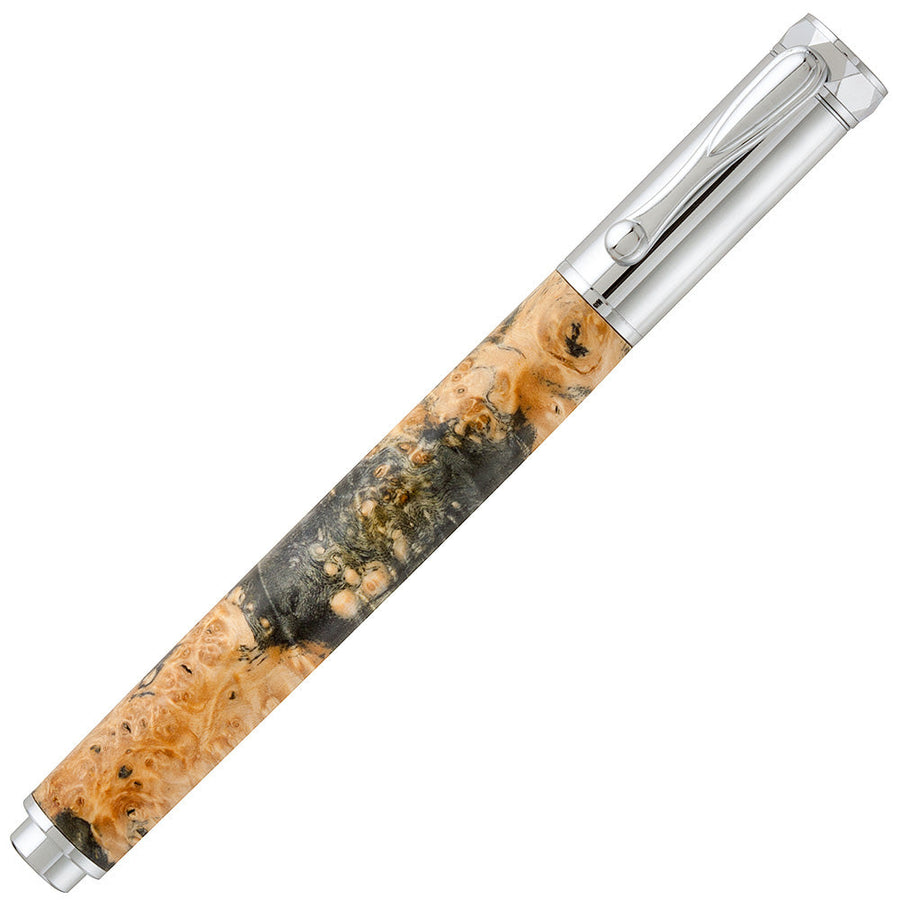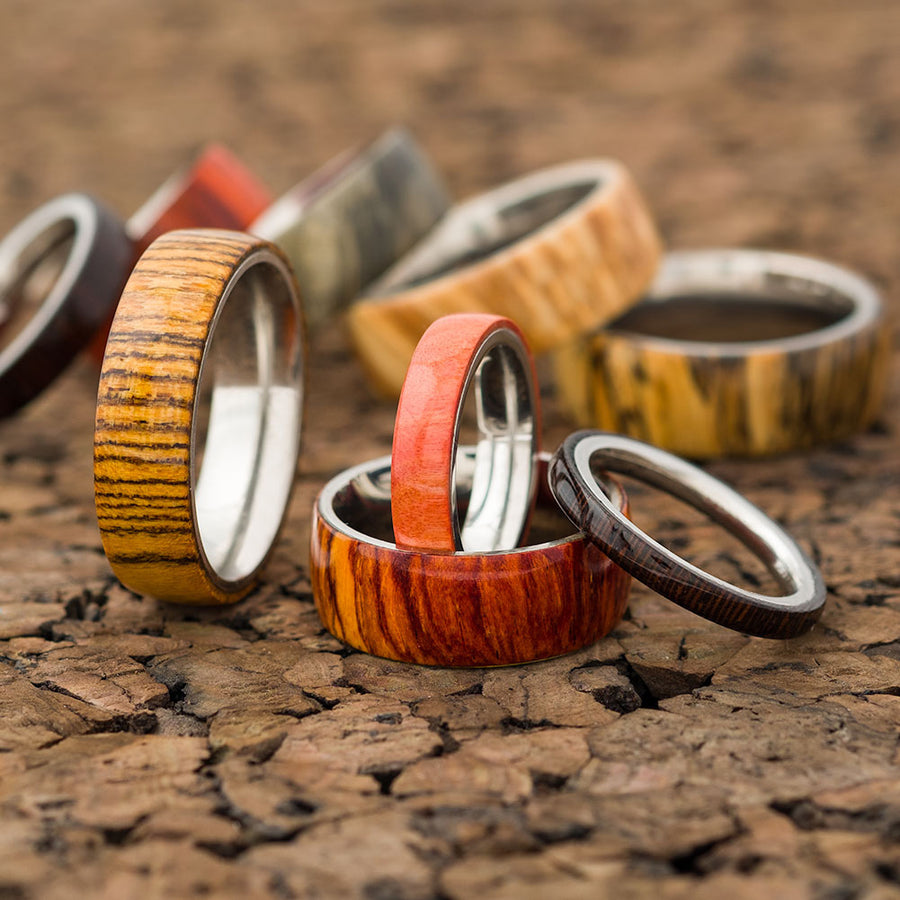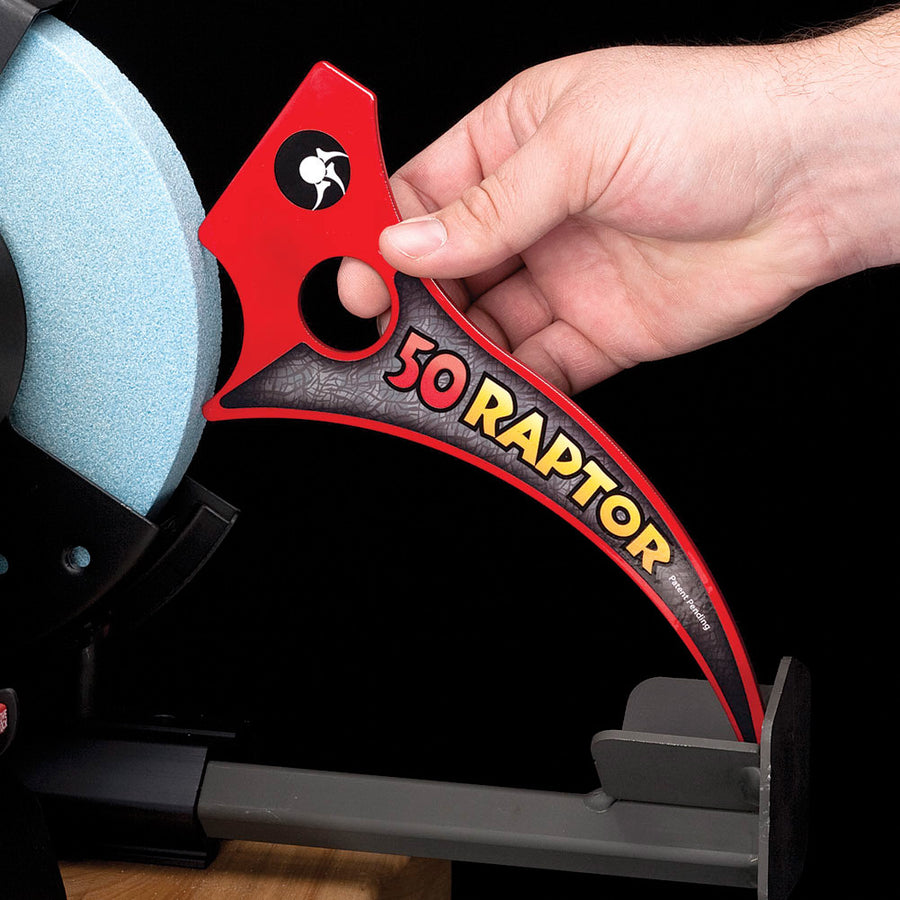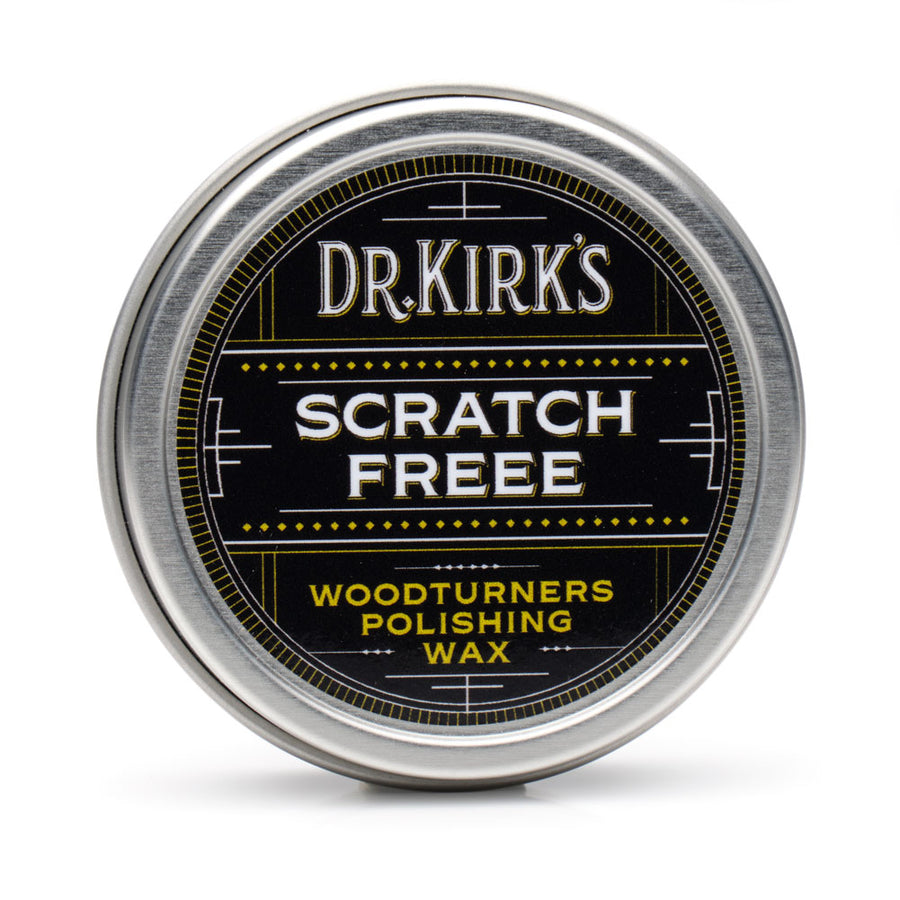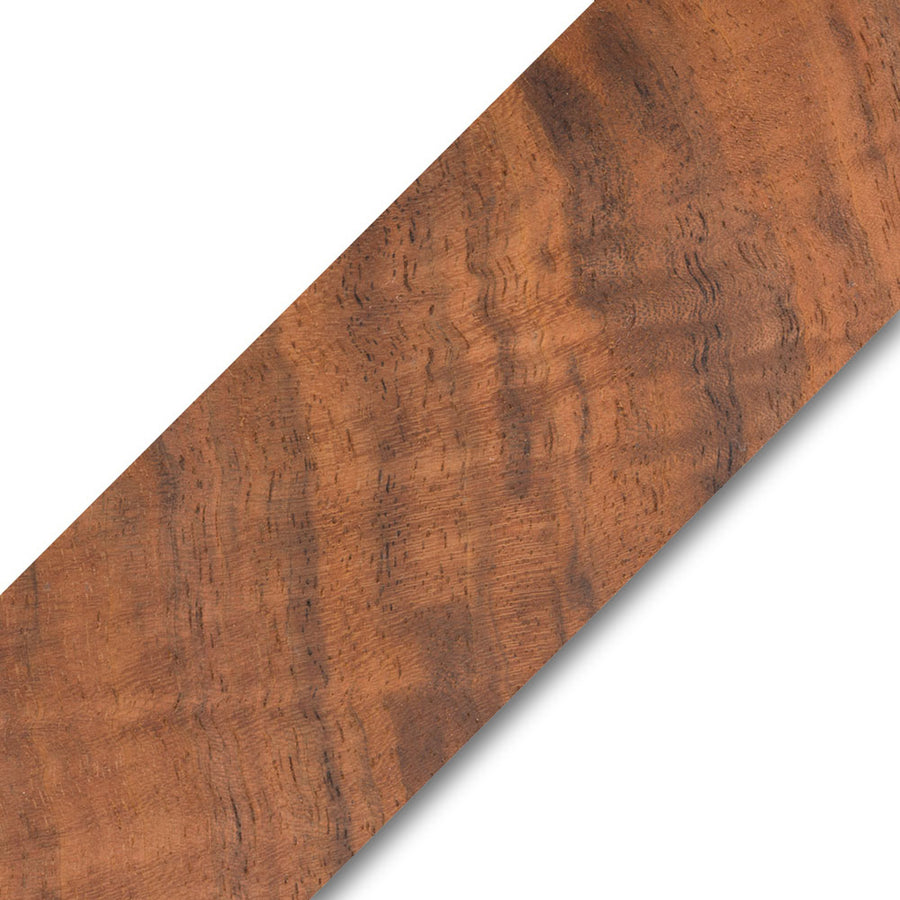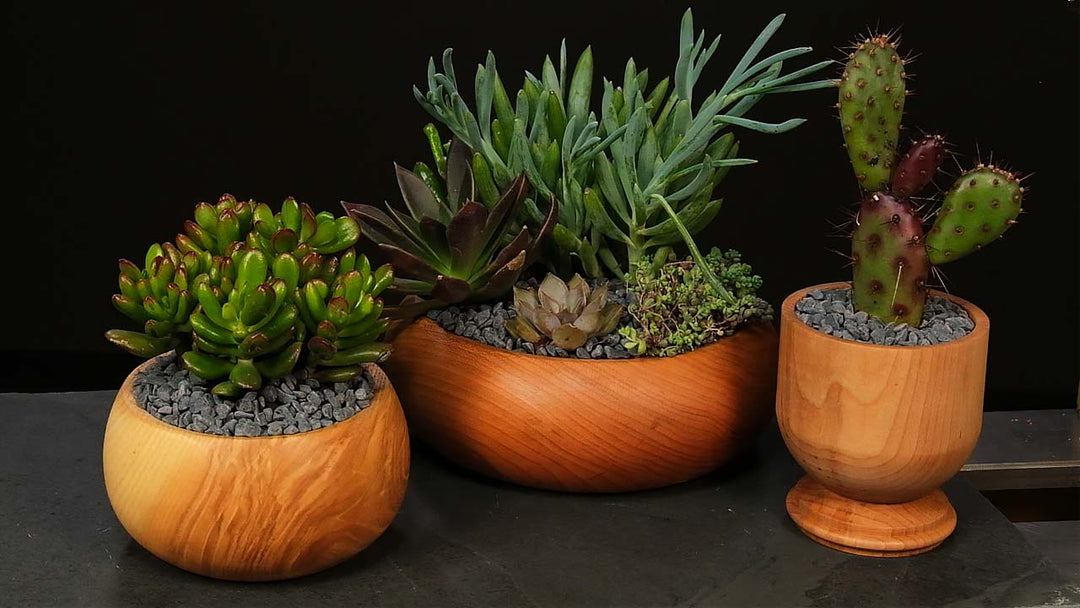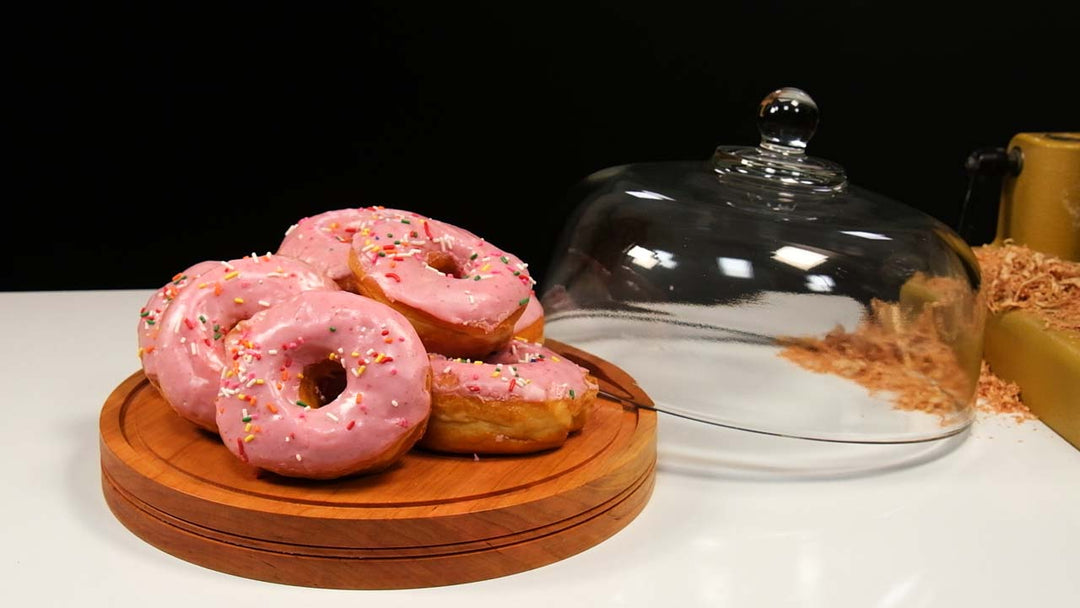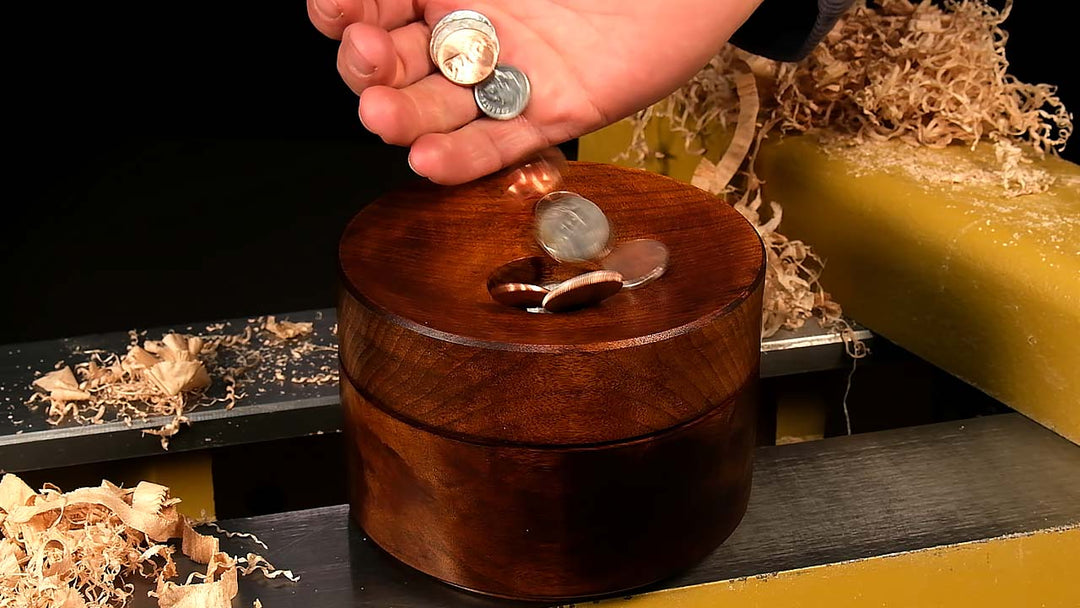Turning a Cigar Case
Ever wanted to craft a unique and stylish way to carry your cigars? This blog post, and companion video, walks you through the process of turning a custom cigar case. This project is a step up from pen turning, but with a little patience and careful blank selection you can create a beautiful and functional piece.
Why This Cigar Case is Special
This Cigar Case kit offers more than just cigar storage. It boasts built-in humidification rings to keep your cigars fresh and a convenient punch, eliminating the need for a separate cutter. The standard length accommodates larger cigars like Double Coronas or Presidentes, but as we show in the video, you can customize the length to fit Robusto or Corona sizes, offering true personalization.
Materials and Preparation
For this project, you’ll need:
-
Cigar Case kit
- Wood blanks (ensure it’s completely dry or stabilized, we used Figured Maple)
- Lathe and turning tools
- Drill with appropriate sized drill bit (61/64” or 24.1 mm is recommended for this kit)
-
Sandpaper (various grits)
-
CA glue (ultra-thin recommended)
-
Wood Dye (chocolate dye used in the video)
- Finish (Tried and True Original was used in the video)
- Pen press (or similar)
Step-by-Step Turning Process
-
Blank Preparation: Cut your wood blanks slightly longer than your desired finished length. The video demonstrates shortening the tubes for a smaller cigar size. Crucially, ensure your wood is dry or stabilized to prevent cracking. Mark the center points of your blanks.
-
Rounding the Blanks: Mount the blanks between centers on your lathe and round them down. The exact dimensions aren’t critical at this stage, just ensure they fit within your chuck jaws.
-
Drilling: Mount the rounded blank in your chuck. Use a 61/64” forstner bit to drill a precise hole through the blank, leaving a small gap between the blank and the chuck jaws to avoid damaging the bit.
-
Sanding the Hole: The drilled hole may be too tight for the tube. Use sandpaper wrapped around a dowel or your chuck key to slightly enlarge the hole for a smooth fit. This prevents cracking when inserting the tube.
-
Gluing the Tubes: Scuff the outside of the brass tubes with sandpaper for better glue adhesion. We recommend using CA glue to glue the blank to the brass tube. Apply the glue to the edge of the tube and let it penetrate the wood. Seal the end grain with CA glue as well. Use an activator to accelerate the glue’s curing.
-
Barrel Trimming: Trim the ends of the wood blanks flush with the brass tubes. The video demonstrates creating a jig for the lathe to achieve a clean, square cut. Sand the inside of the tubes to remove any glue residue.
-
Turning the Final Shape: Mount the blanks between bushings on the lathe. Use a spindle roughing gouge to shape the exterior, followed by a skew for final passes. Aim for a smooth, even surface.
-
Sanding and Dyeing: Sand the turned blanks through progressively finer grits. Apply dye to enhance the wood grain and achieve the desired color. We used a chocolate colored dye for a rich, tobacco-like hue.
-
Finishing: Apply your favorite finish. We used Tried and True Original, allowing it to cure for 24 hours and then applying a top coat of Dr. Kirk’s Goat Wax.
-
Assembly: Use a pen press to assemble the Cigar Case components. Ensure all parts are aligned correctly to prevent cracking. The video offers tips for easier assembly, such as removing the o-ring from the center punch cap.
Final Thoughts
This project allows for customization in both size and style. Experiment with different woods, dyes, and finishes to create a truly unique cigar case. The video provides valuable tips and tricks to make the process smoother. Remember to prioritize safety throughout the turning process. With patience and practice, you can craft a beautiful and functional piece that showcases your woodworking skills.
